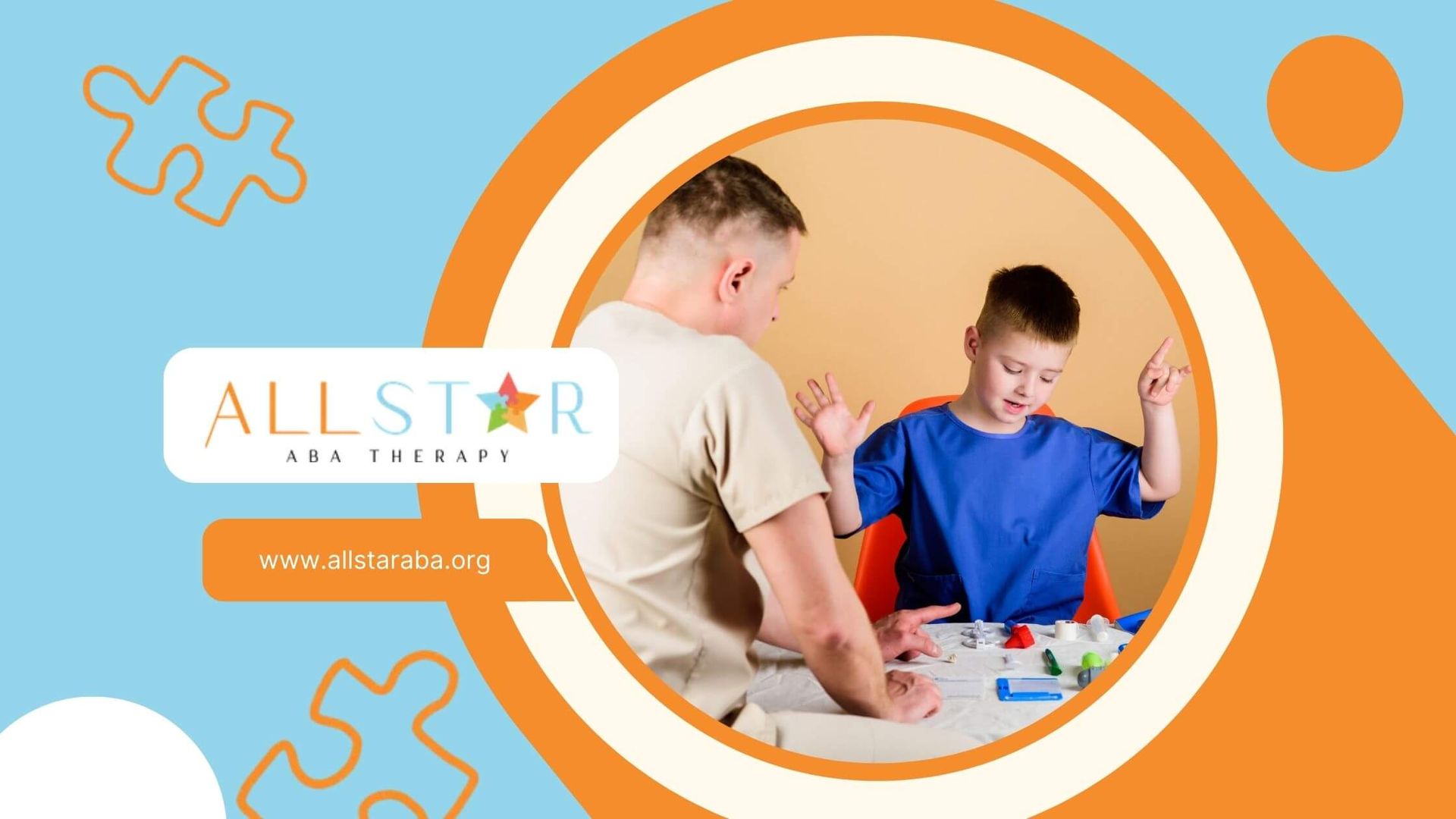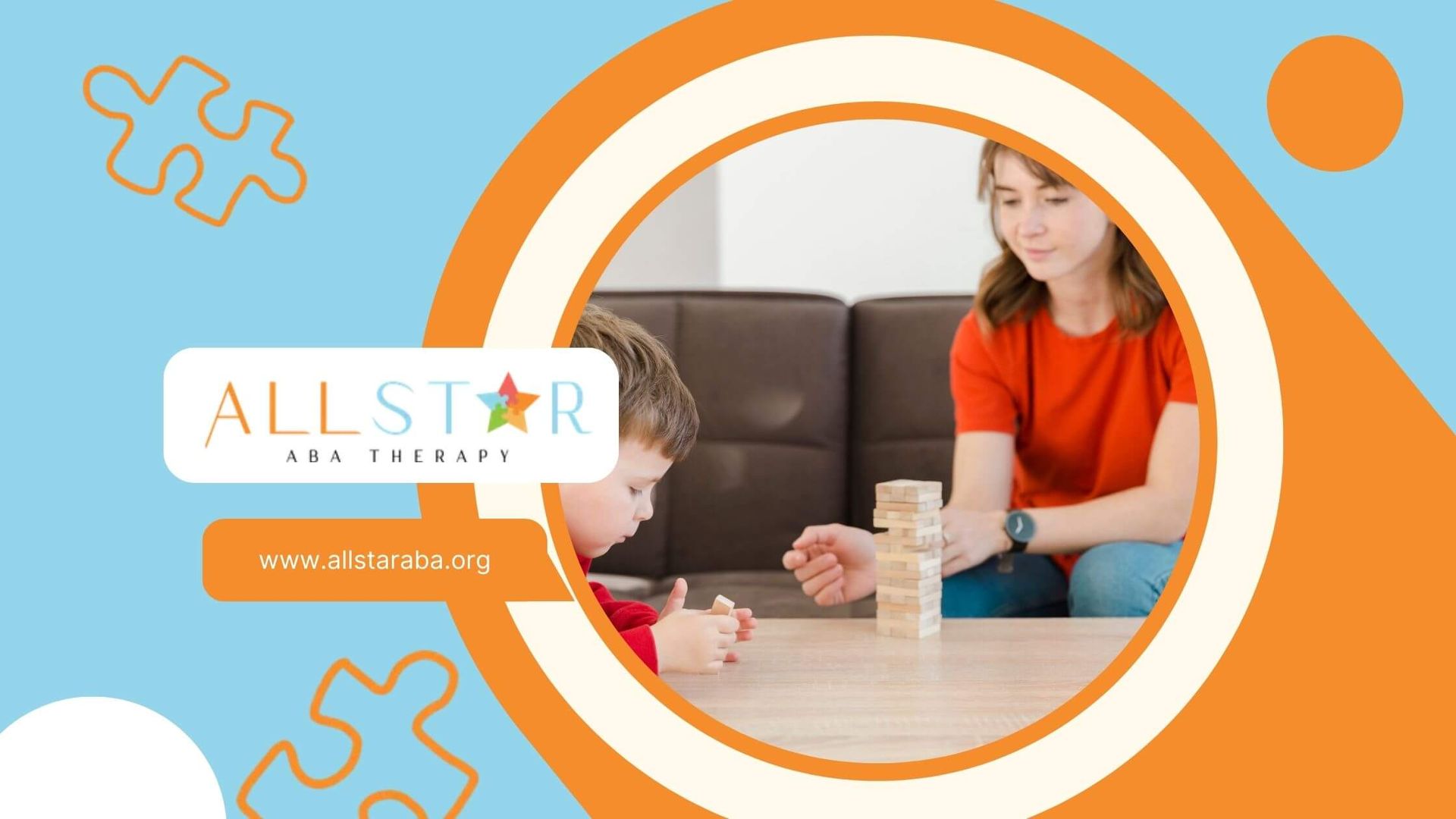New Paragraph
How to Talk to Parents in ABA: Effective Communication Tips
Effective Tips: How to Talk to Parents in ABA
Applied Behavior Analysis (ABA) therapy plays a vital role in supporting children with autism and other developmental challenges. However, the success of ABA therapy isn’t just about working with the child—it also depends on effective communication with parents. ABA therapists and professionals must build trust, provide clear information, and collaborate with families to ensure consistency and progress.
This guide will explore how to talk to parents in ABA, offering strategies for effective communication, handling sensitive topics, and fostering a strong parent-therapist relationship.
1. Understanding the Parent's Perspective
Parents of children receiving ABA therapy often experience a range of emotions, from hope to frustration and exhaustion. Understanding their perspective is crucial for effective communication. Here are some key points to consider:
- Emotional Investment: Parents are deeply invested in their child’s progress and may feel anxious or overwhelmed.
- Lack of ABA Knowledge: Some parents may be unfamiliar with ABA principles and need simple, clear explanations.
- Time Constraints: Many parents juggle work, other children, and daily responsibilities, making it essential to communicate efficiently.
- Mixed Opinions on ABA: Some parents may have concerns about ABA therapy, based on past experiences or misconceptions.
By acknowledging these factors, therapists can approach conversations with empathy and patience.
2. Building a Strong Parent-Therapist Relationship
A positive relationship between ABA therapists and parents sets the foundation for collaboration. Here’s how to establish trust and rapport:
Be Approachable and Supportive
- Use warm, friendly body language.
- Show genuine interest in the child’s progress.
- Be patient and listen without judgment.
Encourage Open Communication
- Let parents know they can ask questions anytime.
- Provide multiple communication channels (e.g., in-person, email, or parent portals).
- Set regular check-ins to discuss concerns and progress.
Respect Cultural and Personal Differences
- Be mindful of cultural differences in parenting styles.
- Ask parents about their preferences regarding therapy approaches.
- Adapt communication styles based on their comfort level.
3. Using Clear and Simple Language
ABA therapy involves specialized terminology that parents may not understand. Simplify communication by:
- Avoiding jargon or technical terms (e.g., instead of “manding,” say “requesting”).
- Explaining ABA concepts in everyday language.
- Using examples and visuals to illustrate key points.
For example:
- Jargon: “Your child exhibited maladaptive behaviors in response to an extinction protocol.”
- Simple Explanation: “Your child had a strong reaction when we stopped responding to certain behaviors. We’re helping them learn new ways to ask for what they need.”
4. Providing Constructive Feedback
Parents appreciate honest feedback, but how it’s delivered makes a difference. Follow these steps to provide constructive feedback effectively:
Use the "Sandwich" Approach
- Start with Positives: Share a success or improvement.
- Discuss Areas for Growth: Address concerns in a supportive manner.
- End with Encouragement: Reinforce progress and future goals.
Example:
“I love how engaged Jake was during today’s session! We’re working on reducing his hand-flapping when excited. You can try redirecting him to a different movement, like clapping. He’s making great strides in his communication!”
Focus on Solutions, Not Problems
- Instead of saying, “Your child is struggling with transitions,” say, “We’re introducing transition strategies, like timers and visual schedules, to make changes easier.”
- Offer actionable tips for parents to try at home.
5. Handling Sensitive Conversations
Some discussions, like addressing challenging behaviors or slow progress, can be difficult. Here’s how to approach them:
Stay Empathetic and Non-Judgmental
- Acknowledge the parent's feelings: “I know this must be frustrating.”
- Show that you’re on their team: “We’ll work together to find solutions.”
Use Data to Support Conversations
- Share progress charts or videos to illustrate improvements.
- Highlight trends rather than isolated incidents.
Offer Reassurance
- Remind parents that progress takes time.
- Provide success stories from other children with similar challenges.
6. Encouraging Parent Involvement in ABA Therapy
Parental involvement is crucial for ABA success. Here’s how to engage parents:
Provide Practical Strategies
- Teach parents how to reinforce skills at home.
- Offer simple techniques for managing behaviors in daily routines.
Set Realistic Expectations
- Explain that progress may be slow but meaningful.
- Celebrate small victories together.
Offer Parent Training Sessions
- Schedule workshops on ABA strategies.
- Provide online resources or handouts for additional learning.
7. Addressing Parent Concerns and Misconceptions
Parents may have concerns about ABA therapy. Be prepared to address them with clarity and empathy.
Common Concerns and How to Address Them
| Parent Concern | How to Respond |
|---|---|
| "Is ABA just about compliance?" | "ABA helps children learn new skills while respecting their individuality. We focus on communication, independence, and positive behaviors." |
| "Will my child lose their personality?" | "ABA supports natural development and self-expression, not suppressing personality." |
| "Why does progress seem slow?" | "Every child learns at their own pace. Consistency at home and therapy sessions will help long-term growth." |
8. Creating a Partnership with Parents
The goal of communication in ABA therapy is to create a true partnership between therapists and parents. Keep these principles in mind:
- Be Transparent: Share updates regularly.
- Be Collaborative: Involve parents in goal-setting.
- Be Encouraging: Celebrate small wins together.
When parents and ABA professionals work as a team, children receive the consistent support they need to thrive.
Conclusion
Talking to parents in ABA therapy requires patience, empathy, and clear communication. By building trust, simplifying complex concepts, and involving parents in their child’s progress, ABA professionals can create a supportive, collaborative environment that benefits everyone—especially the child.
At All Star ABA, we understand the importance of strong parent-therapist relationships. Our team is committed to providing clear communication, personalized guidance, and ongoing support to families. If you’re looking for expert ABA therapy services, we’re here to help!
Frequently Asked Questions
How often should therapists update parents on their child’s progress?
Regular updates should be provided after each session or weekly, depending on the parent’s preference. Monthly progress meetings are also beneficial.
What should I do if a parent disagrees with an ABA strategy?
Listen to their concerns, explain the reasoning behind the strategy, and offer alternative solutions. Collaborate to find an approach that aligns with their comfort level.
How can I help parents reinforce ABA techniques at home?
Provide simple, actionable steps and resources. Offer parent training sessions and demonstrate strategies during meetings.
Resources:
- https://www.autismparentingmagazine.com/aba-principles/
- https://pmc.ncbi.nlm.nih.gov/articles/PMC8940605/
- https://www.autismspeaks.org/applied-behavior-analysis
- https://pmc.ncbi.nlm.nih.gov/articles/PMC6269398/
- https://online.regiscollege.edu/blog/4-methods-for-increasing-communication-within-applied-behavior-analysis/
Need Support?
We're Here to Help!
Our experienced team is ready to assist you. Reach out today to discuss how we can support your child's development and well-being.
Get started with expert ABA therapy today.








